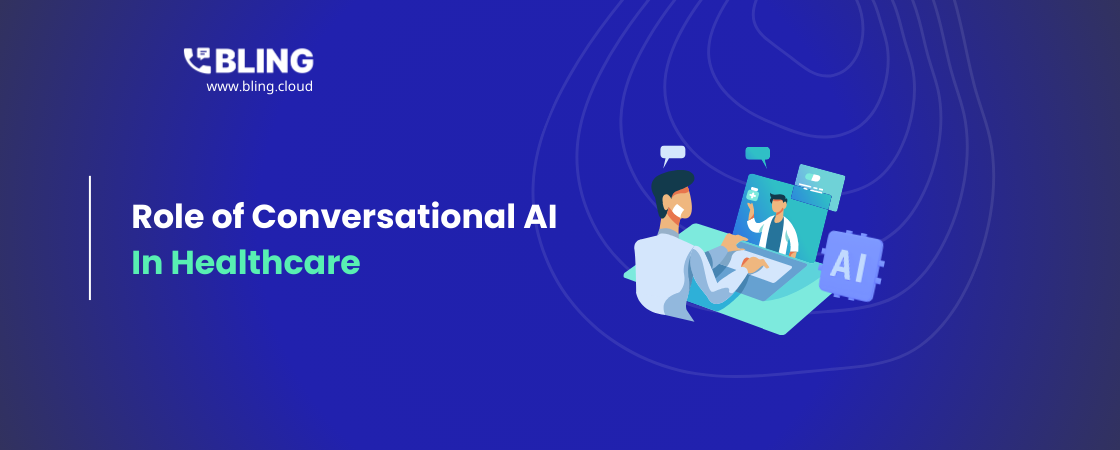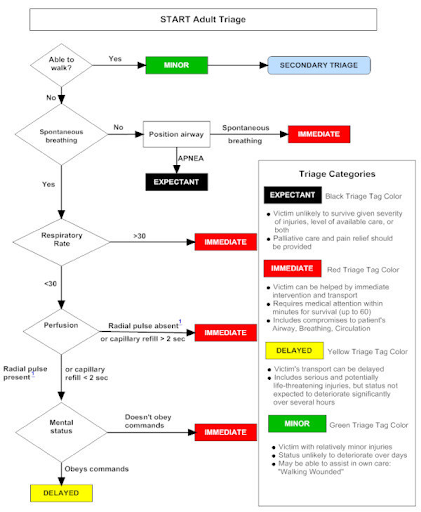
Revolutionizing Healthcare with Conversational AI
Author: Dhruva Joshi
Date: July 26, 2024
The healthcare landscape is evolving rapidly, driven by demographic shifts and technological advancements. According to a UN report, by 2050, 25% of the population in North America and Europe will be aged 65 or older. This aging population will significantly increase healthcare demands. Simultaneously, the industry is expected to face a shortage of 9.9 million healthcare professionals by 2030.
This widening gap between healthcare supply and demand presents a critical challenge. However, the integration of conversational AI in healthcare offers a promising solution to alleviate these pressures.
Imagine arriving at a healthcare facility and being greeted by an AI assistant that not only checks you in but also assesses your symptoms and directs you to the appropriate department. This scenario is not as futuristic as it sounds. Conversational AI is already reshaping interactions within medical facilities, thanks to advancements by companies like Microsoft, IBM, and various startups. This technology is particularly beneficial for healthcare systems overwhelmed with administrative tasks and patient management, promising to enhance efficiency, accessibility, and personalization in healthcare.
Challenges in the Healthcare Industry
Despite digital advancements, the a healthcare sector still faces numerous challenges that impact patient care and the workflow of healthcare professionals. Patients often experience long waiting times, both for appointments and in waiting rooms. Inefficiencies in scheduling can create bottlenecks, adding to the stress on healthcare providers.
Additionally, the lack of personalized patient engagement often treats healthcare as a one-size-fits-all model rather than tailoring services to individual needs. Medical professionals, meanwhile, juggle administrative tasks and clinical responsibilities, leading to significant stress. The question arises: how can these issues be untangled to create a more efficient, patient-focused healthcare system?
Exploring Practical Use CasesVirtual Health Assistant
One of the primary use cases of conversational AI in healthcare is the virtual health assistant. These AI-driven assistants can access and disseminate information from publicly available medical literature, diagnose conditions based on symptoms, and refer to electronic health records. They provide valuable, personalized insights, mitigating panic, confusion, and misinformation.
Appointments & Scheduling
Scheduling inefficiencies can lead to significant time wasted in waiting rooms. Conversational AI can streamline this process, allowing patients to book, modify, or cancel appointments quickly through websites or apps. This setup respects the time of patients, caregivers, and hospital staff, enhancing overall efficiency.
Patient Triaging and Escalations
Healthcare conditions vary in severity. Conversational AI can serve as a diagnostic tool to document and classify symptoms, escalating emergency cases as needed. By asking patients a series of questions and analyzing their health records, AI can determine the condition's severity and the level of care required, ensuring optimal management of nursing workloads.
Statistics and Facts- A Juniper Research study indicates that conversational AI can reduce business expenses by up to $8 billion annually by 2022.
- Gartner predicts that by 2022, 70% of white-collar workers will interact with conversational platforms daily.
- According to Accenture, AI could save the US healthcare economy an additional $150 billion annually by 2026.
How Bling Cloud Can Help
Bling Cloud can play a crucial role in this transformative journey. Our solutions in conversational AI help healthcare systems implement highly efficient customer service protocols. From appointment scheduling to post-care follow-ups, Bling's AI solutions significantly reduce operational friction. Imagine a simple appointment process taking up to 30 minutes before AI; with Bling's AI, it’s just a matter of minutes, freeing up valuable time for patients and healthcare providers.
Effective Health ManagementConversational AI plays a crucial role across all healthcare stages, from hospitalization to long-term care. By integrating with remote patient monitoring devices or smart wearables, AI can analyze patient vitals and behaviors. It can issue medication reminders, notify of upcoming prescription refills, and provide support for healthier life choices, reducing the risk of readmission or relapse.
Patient Support & EngagementConversational AI can also offer support in various aspects of patient care, from managing medication concerns to providing personalized diet and exercise tips. It can offer mental health support, sharing resources and coping mechanisms, and being available for empathetic conversations, helping to reduce the stigma around seeking emotional support.
Service EnhancementConversational AI enhances healthcare services, making them more patient-centric. It opens avenues for self-service and 24/7 availability, effective patient management, and the collection of patient feedback. Organizations can also leverage AI for staff training and decision-making, improving overall healthcare quality.
Scaling Healthcare with Conversational AIImplementing conversational AI involves automating routine administrative tasks, enhancing patient care, and ultimately scaling to meet future demands. Bling serves as a catalyst in this evolution, offering AI solutions that integrate seamlessly into existing healthcare systems. By adopting Bling’s tools, healthcare providers can become more efficient and patient-centric.
Final Thoughts
The integration of conversational AI in healthcare is not just about technology but about creating a more efficient, accessible, and personalized healthcare system. Bling’s AI solutions can help healthcare providers meet current challenges and prepare for future demands, ensuring the best possible care for patients.
For more insights on how Bling Cloud can revolutionize your healthcare services, visit Bling’s website today !

